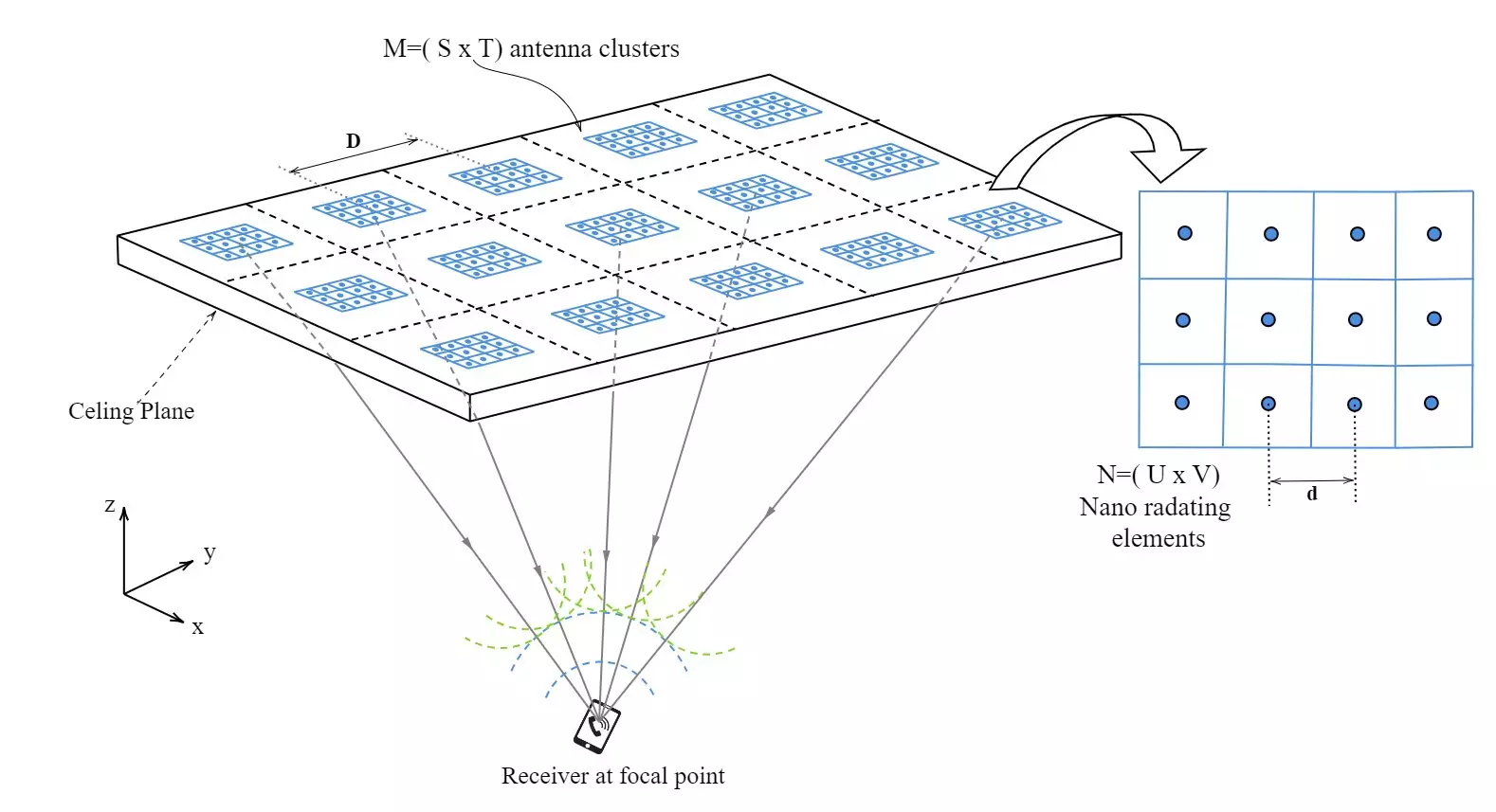In an era where digital communication is integral to our daily lives, traditional means of sustenance, such as Wi-Fi and Bluetooth, are starting to show their age. As the demand for higher-speed data exchanges continues to soar, the limitations of conventional radio frequency (RF) technologies become glaringly apparent. With a growing reliance on these systems comes the inevitable pain of bandwidth constraints and signal congestion. However, a groundbreaking alternative is emerging on the horizon: Optical Wireless Communication (OWC). This innovative approach offers a new realm of possibilities for faster, more reliable forms of communication that are poised to transform the landscape of indoor wireless networks.
The initial allure of RF-based communication systems lies in their relatively straightforward deployment and established infrastructure. Nevertheless, as applications become more demanding, the inadequacies of RF technologies are laid bare. Issues such as limited bandwidth capacity, interference from nearby devices, and challenges posed by physical obstructions significantly hinder system performance. The situation calls for a reimagining of how we engage with wireless technology, opening the door to alternative methods of signal transmission.
At the forefront of this revolution is Optical Wireless Communication, which leverages infrared (IR) technology to achieve signal transmission that is both robust and less susceptible to interference. Our recent research, published in the IEEE Journal of Lightwave Technology, reveals a novel system designed to ameliorate the ongoing challenges faced by conventional RF systems. By implementing a framework that exhibits a “phased array within a phased array,” we draw parallels to the complexities seen in quantum mechanics, where multiple states exist simultaneously, lending insight into optimizing our communication capabilities.
Our cutting-edge design employs arrays of smaller optical antennas meticulously aligned on a flat surface, which form larger arrays. This strategic configuration allows for a synergistic amplification of the IR signal, enhancing both precision and power. Traditional communication systems often hinge on the performance of a singular transmitter, rendering them vulnerable to interruptions; in stark contrast, our multi-cluster transmitter system ensures redundancy. The overlapping “quantum states” of its individual clusters work in tandem to preserve signal integrity, even when physical barriers are present.
Moreover, to elevate performance further, we utilize dual transmission wavelengths, promoting not only improved focus but also increased transmission stability. This dual-wavelength strategy empowers our system to maintain superior accuracy and resilience, regardless of the cluster spacing, setting a new standard in optical communication technology.
In tandem with performance improvements, our advanced system prioritizes energy efficiency through an Ant Colony Optimization (ACO) algorithm. This algorithm mimics the natural behavior of ants in their quest for food, dynamically activating only the necessary clusters for communication, akin to turning off idle lights in a building. This strategic optimization leads to substantial reductions in energy consumption, enabling a more sustainable operational model, which is vital in today’s environmentally conscious landscape. Traditional systems, on the other hand, often neglect energy efficiency, operating continuously and leading to avoidable waste.
The implications of our research are profound, with numerous applications across various sectors. In healthcare settings, where secure and reliable communication is non-negotiable, and in industrial or office environments, the opportunities to enhance connectivity are immense. Additionally, our phased array design extends its versatility beyond infrared wavelengths, indicating that as technology evolves, our systems can adapt, scaling effectively to meet the demands of future innovations.
The transition to Optical Wireless Communication is not merely a quest for faster speeds; it embodies a fundamental shift in how we perceive connectivity. The development of efficient, resilient, and scalable wireless networks foreshadows a new era of communication that prioritizes performance without sacrificing sustainability. As we usher in this technologically advanced age, the potential for reshaping global communication landscapes stands at our fingertips, paving the way for smarter, greener solutions.

